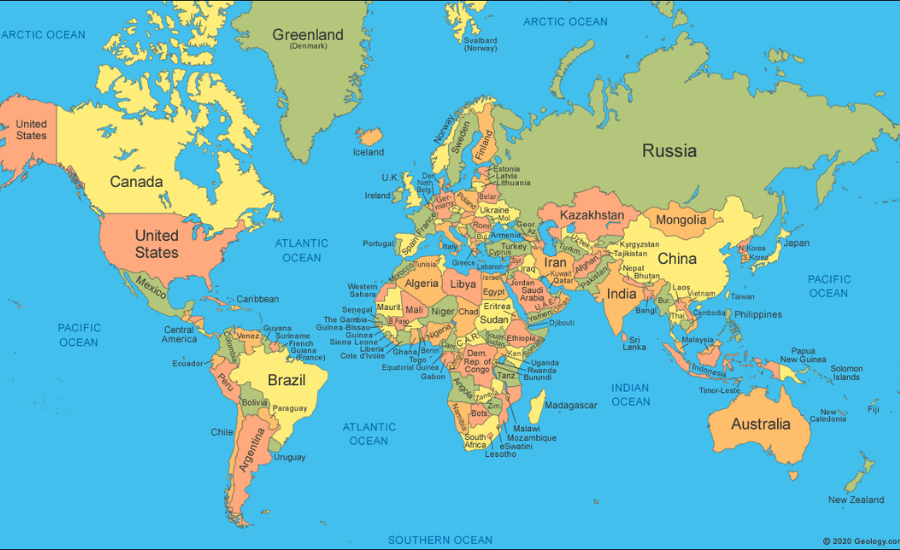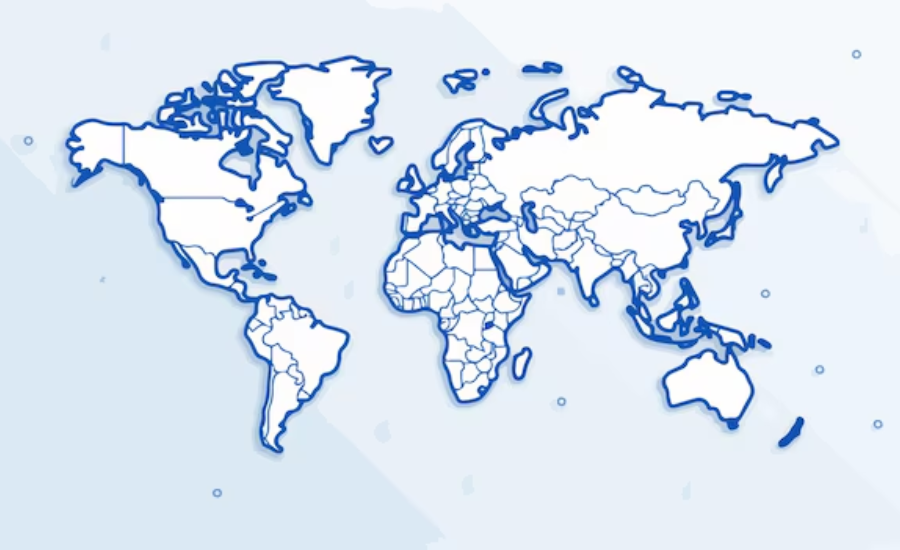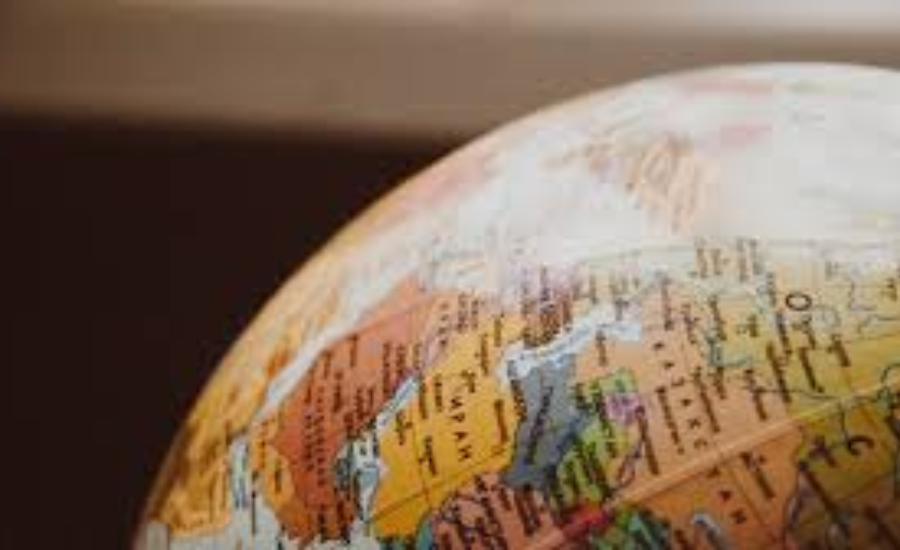Introduction
World maps are indispensable tools that depict the Earth’s surface, showcasing both geographical and political features. From their humble beginnings as hand-drawn sketches to today’s advanced digital models, these maps have significantly evolved. They now serve critical roles in education, navigation, urban development, and environmental analysis, offering essential insights into our planet’s diverse characteristics.
Types Of Outline:5uqkznmksvw= world map

- Political Maps
Political maps focus on delineating country borders, major cities, and key bodies of water. These maps are vital for grasping geopolitical relationships and are commonly utilized in educational settings to illustrate global geography and international relations. - Physical Maps
Physical maps highlight natural landscapes such as mountain ranges, rivers, and deserts. Through the use of color gradients and elevation contours, these maps visually represent the Earth’s terrain, aiding in the understanding of its physical features. - Thematic Maps
Thematic maps are designed to convey specific themes or subjects, including:- Climate Maps: Display climate zones and weather patterns, helping to understand global climate variations.
- Population Density Maps: Indicate where populations are concentrated around the world.
- Economic Activity Maps: Showcase regions based on various economic activities like farming, industry, or services.
- Topographic Maps
Topographic maps use contour lines to illustrate elevation changes, providing a three-dimensional perspective of terrain on a flat surface. These maps are crucial for activities such as hiking, land development, and construction planning. - Satellite Maps
Satellite maps offer real-time or recent imagery of the Earth’s surface, proving essential for weather forecasting, environmental monitoring, and defense applications. They provide a comprehensive view of the planet, capturing intricate and dynamic changes.
Geographical Information Of Outline:5uqkznmksvw= world map
- Continents and Oceans
World maps depict the seven continents and five oceans, presenting a global overview of Earth’s land and water distribution. This configuration aids in understanding the planet’s overall geographical layout. - Major Geographical Features
- Mountains: Notable ranges such as the Himalayas and Andes.
- Rivers: Prominent rivers including the Nile, Amazon, and Mississippi.
- Deserts: Extensive deserts like the Sahara and Gobi.
- Climate Zones
Maps illustrate various climate zones, ranging from tropical to polar, assisting in the comprehension of global weather patterns and their effects on human activities.
Cartography
- History of Cartography
The craft of map-making dates back to ancient civilizations such as the Babylonians and Greeks, who developed early maps for navigation and territorial claims. This historical context highlights the progression of cartographic techniques. - Techniques and Tools Used in Map-Making
Early map-making involved manual drawing and surveying, while contemporary methods use satellite imagery and advanced software to produce highly accurate maps. - Modern Advancements in Cartography
Innovations such as digital mapping, Geographic Information Systems (GIS), and interactive maps have transformed the field, offering enhanced accuracy and dynamic capabilities.
Applications Of Outline:5uqkznmksvw= world map

- Education
World maps are essential tools for teaching geography and history, providing students with visual aids to better grasp global concepts and historical events. - Navigation
Maps are crucial for travelers, enabling efficient route planning and navigation. - Urban Planning
Urban planners rely on maps to design and develop cities, ensuring optimal land use and infrastructure development. - Environmental Studies
Maps are used to track environmental changes, manage resources, and support conservation initiatives.
Digital World Maps
- GIS (Geographic Information Systems)
GIS technology combines multiple data layers to produce detailed maps, critical for urban planning, environmental management, and resource distribution. - Online Map Services
Platforms such as Google Maps and OpenStreetMap provide interactive and accessible maps, allowing users to explore and navigate globally from their devices. - Digital Cartography Tools
Tools like ArcGIS and QGIS facilitate the creation of detailed and customizable maps for various applications, both professional and personal.
Challenges And Limitations
- Map Projections and Distortions
Translating a spherical Earth onto a flat surface introduces distortions. Various map projections aim to minimize these distortions, though no projection is entirely free of errors. - Data Accuracy and Updates
Maintaining up-to-date and accurate data is essential for reliable maps, necessitating continuous updates and monitoring. - Accessibility Issues
Ensuring that maps are accessible to all users, including those with disabilities, remains a significant challenge in map design and technology.
Innovations In Map Technology
- Interactive Maps
Interactive maps enable users to explore different data layers and points, enhancing the map’s functionality and user engagement. - Augmented Reality (AR) Maps
AR maps overlay digital information onto the physical world, offering an engaging and interactive mapping experience. - 3D Mapping
3D mapping provides realistic terrain representations, beneficial for applications in urban planning, architecture, and virtual reality.
Future Of World Maps

- Trends in Digital Mapping
Emerging trends include increasingly detailed and interactive maps, integration with artificial intelligence (AI), and greater reliance on real-time data. - Role of AI and Machine Learning in Cartography
AI and machine learning have the potential to analyze large datasets to produce more precise and predictive maps, enhancing their utility across various sectors. - Potential Future Applications
Future developments may include customized maps, advanced navigation systems, and enhanced environmental monitoring tools.
Expert Insights
- Quotes from Cartographers
Cartographers stress the importance of accuracy, creativity, and innovation in the map-making process. - Opinions from Geographers and Environmental Scientists
Experts underscore the significance of world maps in tackling global issues such as climate change, urbanization, and resource management.
FAQs
How do world maps contribute to education?
In educational settings, world maps are invaluable for teaching geography and history. They serve as visual aids that help students grasp the locations of different countries, understand geographical features, and learn about historical events. By providing a tangible representation of global concepts, world maps enhance the learning experience.
What role do world maps play in urban planning?
Urban planners rely on world maps to aid in the design and development of cities. These maps help in planning land use, infrastructure, and resource allocation. By visualizing spatial relationships and geographical features, urban planners can make informed decisions that shape the development of urban areas.
How have advancements in technology impacted cartography?
Technological advancements have revolutionized cartography by introducing digital mapping, Geographic Information Systems (GIS), and interactive maps. These modern tools offer greater precision, dynamic features, and accessibility compared to traditional hand-drawn maps. The integration of technology has transformed how maps are created and used, providing more detailed and accurate information.
What are some challenges associated with world maps?
Several challenges affect world maps. One major issue is map projections and distortions, as representing the spherical Earth on a flat surface introduces inaccuracies. Ensuring data accuracy and timely updates is crucial for maintaining reliable maps. Additionally, making maps accessible to all users, including those with disabilities, remains a significant challenge in map design and technology.
How might world maps evolve in the future?
The future of world maps is likely to see further advancements, including more detailed and interactive features. Integration with artificial intelligence (AI) will enhance the accuracy and predictive capabilities of maps. Innovations such as augmented reality (AR) and 3D mapping are expected to provide more immersive and realistic representations of terrain, improving navigation and environmental monitoring.
Conclusion
World maps have long been indispensable tools for exploring and understanding our planet. From their origins as simple hand-drawn sketches to the sophisticated digital models of today, they have played a crucial role in education, navigation, urban planning, and environmental analysis. As technology continues to advance, the potential of world maps expands, promising even greater accuracy and functionality. Future developments such as interactive mapping, augmented reality, and AI integration will enhance their ability to provide deep insights and address global challenges effectively. The continuous evolution of world maps reflects their enduring significance and their role in helping us navigate and manage our world more comprehensively.
Read More: America News





